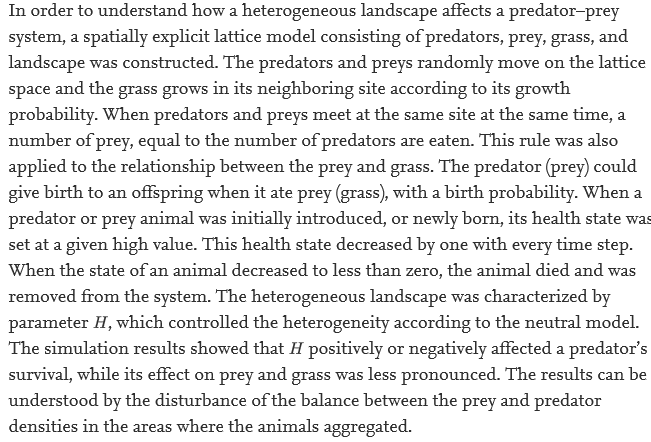Directional selection by subterranean termites, Coptotermes formosanus Shiraki (Isoptera: Rhinotermitidae), at tunnel intersection
Sook Jung Ku, Nan-Yao Su, Sang-Hee Lee
|
Entomological Science
13
(2010)
Subterranean termites construct complicated tunnel networks for foraging below ground. Thus, they often encounter tunnel intersections during foraging activity. Directional selection by termites at intersections is likely to affect foraging efficiency because depending on their selection, the path length from food resources to the nest can vary significantly. In order to understand how termites are guided to choose the most economical path without the use of pheromones, we artificially excavated two tunnels of varying widths (W1 and W2; 2, 3, or 4 mm) that intersected at a 90° angle in each of nine soilfilled arenas. We observed the directional selection of termites at intersections in arenas with combinations of W1 (mm) and W2 (mm) (W1, W2). For (W1, W2) = (2, 2) and (4, 4), termites statistically equally chose the three directions left, right, and straight, while for the (3, 3) arena combination, termites preferentially decided to go straight. On the other hand, for (W1, W2) = (2, 3) (2, 4), and (3, 4), termites advancing from narrower tunnels into intersections tended to turn right or left, while termites coming from the wider tunnel were more inclined to go straight. On the assumption that a wider tunnel is more frequently used by termites in the field, we can deduce that the wider tunnel may represent the most efficient/shortest path. Thus, this simple selection mechanism can prevent termites from deviating from the most economical path.
- 초록
Subterranean termites construct complicated tunnel networks for foraging below ground. Thus, they often encounter tunnel intersections during foraging activity. Directional selection by termites at intersections is likely to affect foraging efficiency because depending on their selection, the path length from food resources to the nest can vary significantly. In order to understand how termites are guided to choose the most economical path without the use of pheromones, we artificially excavated two tunnels of varying widths (W1 and W2; 2, 3, or 4 mm) that intersected at a 90° angle in each of nine soilfilled arenas. We observed the directional selection of termites at intersections in arenas with combinations of W1 (mm) and W2 (mm) (W1, W2). For (W1, W2) = (2, 2) and (4, 4), termites statistically equally chose the three directions left, right, and straight, while for the (3, 3) arena combination, termites preferentially decided to go straight. On the other hand, for (W1, W2) = (2, 3) (2, 4), and (3, 4), termites advancing from narrower tunnels into intersections tended to turn right or left, while termites coming from the wider tunnel were more inclined to go straight. On the assumption that a wider tunnel is more frequently used by termites in the field, we can deduce that the wider tunnel may represent the most efficient/shortest path. Thus, this simple selection mechanism can prevent termites from deviating from the most economical path.
- 초록
Subterranean termites construct complicated tunnel networks for foraging below ground. Thus, they often encounter tunnel intersections during foraging activity. Directional selection by termites at intersections is likely to affect foraging efficiency because depending on their selection, the path length from food resources to the nest can vary significantly. In order to understand how termites are guided to choose the most economical path without the use of pheromones, we artificially excavated two tunnels of varying widths (W1 and W2; 2, 3, or 4 mm) that intersected at a 90° angle in each of nine soilfilled arenas. We observed the directional selection of termites at intersections in arenas with combinations of W1 (mm) and W2 (mm) (W1, W2). For (W1, W2) = (2, 2) and (4, 4), termites statistically equally chose the three directions left, right, and straight, while for the (3, 3) arena combination, termites preferentially decided to go straight. On the other hand, for (W1, W2) = (2, 3) (2, 4), and (3, 4), termites advancing from narrower tunnels into intersections tended to turn right or left, while termites coming from the wider tunnel were more inclined to go straight. On the assumption that a wider tunnel is more frequently used by termites in the field, we can deduce that the wider tunnel may represent the most efficient/shortest path. Thus, this simple selection mechanism can prevent termites from deviating from the most economical path.
More




